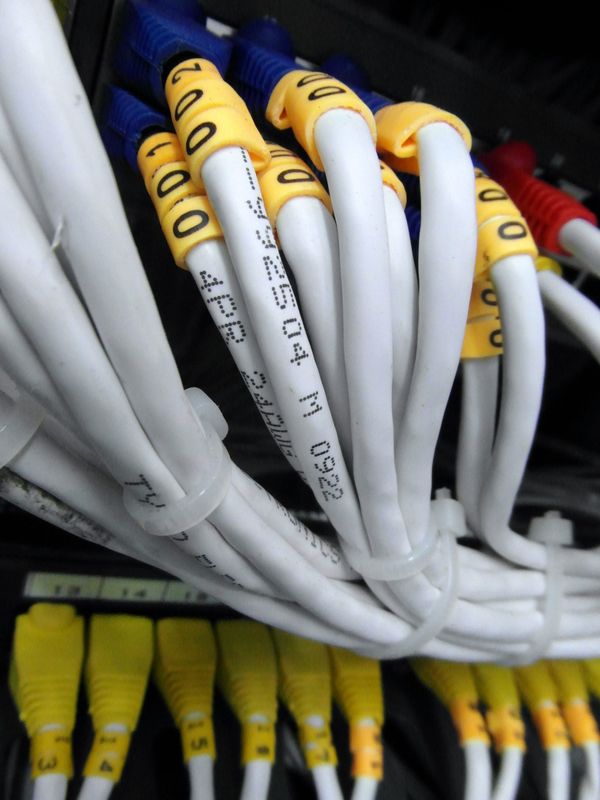Adobe has finally released an advisory on the "clickjacking" issue

Clickjacking is not an exploit in the traditional sense, in that the affected technology (DHTML) is used, working as intended, and no software “bugs” are used to trigger it either. The PoC activates the user’s camera and microphone and leeches off them (both are features thoughtfully provided by Adobe Flash, which get activated by the user clicking on a button that looks like one thing but is another entirely).
“Coincidentally”, both events (the advisory release and the PoC release) took place on October 7th, once again underlining the importance and community benefits of pressuring vendors into Doing The Right Thing. Indeed, to the uninitiated it would appear that Adobe took the road more travelled and effectively sat on the patch until it was forced to release it and thus admit to having made a mistake sometime in the past.
Those of you who aren’t following this column (for shame!) will be interested to find out that Adobe had in fact pressured the two researchers who dreamed up “clickjacking” into not publicizing details of the exploit.
On an unrelated note, it’s pretty sad to see that the “clickjacking” concept/meme is gaining traction – it’s just a trick with frames, the likes of which have been known since time immemorial.
tags
Author

Razvan Stoica is a journalist turned teacher turned publicist and technology evangelist. Recruited by Bitdefender in 2004 to add zest to the company's online presence.
View all postsRight now Top posts
How to Protect Your WhatsApp from Hackers and Scammers – 8 Key Settings and Best Practices
April 03, 2025
Outpacing Cyberthreats: Bitdefender Together with Scuderia Ferrari HP in 2025
March 12, 2025
Streamjacking Scams On YouTube Leverage CS2 Pro Player Championships to Defraud Gamers
February 20, 2025
How to Identify and Protect Yourself from Gaming Laptop Scams
February 11, 2025
FOLLOW US ON SOCIAL MEDIA
You might also like
Bookmarks








